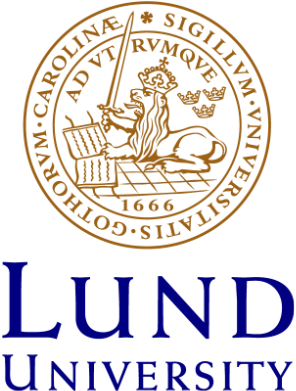Should heritage management be democratized? The Denkmalpflegediskussion in Germany.
This paper is about the recent discussions (known as Denkmalpflegediskussion) on the general organization of heritage management in Germany. The main issue discussed was whether heritage management should be further denationalized (’entstaatlicht’) and made the responsibility of individual citizens in order to serve better both the monuments and the people. A number of fundamental criticisms were
